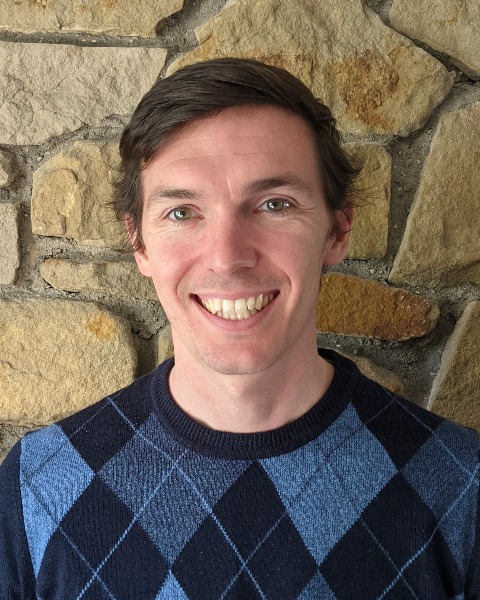Back
Credit Verification Code: 228
30 Minute Presentation
Stormwater Management
Estimating Infiltration Rates for Infiltration Practices
Wednesday, February 16, 2022
3:20 PM – 3:50 PM
Location: Virtual
Credit: .5 PDH
Presentation Level: Intermediate

John S. Gulliver, MS, PhD
Professor
University of Minnesota
New Brighton, Minnesota, United States
Nicholas Tecca, PE
PhD Candidate
St. Anthony Falls Laboratory, United States
Presenter(s)
Co-Presenter(s)
Infiltration is an important process in many stormwater control measure (SCM) installations. Yet, roughly 30% of infiltration practices fail at initial installation. One major reason is a lack of knowledge on the infiltration rate of the practice, which is often assumed and not measured. To solve this, SCM design and construction practices need to utilize infiltration measurements to estimate the infiltration capacity of a SCM. There are many different methods that can be used to assess the infiltration potential of bioretention systems or similar infiltration-based stormwater control measures. Ring infiltrometers, borehole methods, pilot infiltration tests, and full-scale flood tests all have different levels of effort and accuracy. These methods variously test the saturated hydraulic conductivity (Ksat), infiltration rate, or percolation rate. The systemic accuracy of many of these methods is not well documented as soil heterogeneity makes it difficult to differentiate natural variations from inaccuracy in testing methods. Potential sources of inaccuracy relate to the assumptions of the method, such as assuming vertical infiltration when lateral spreading is occurring and the ability to determine when steady state infiltration rates have been reached. One way to avoid heterogeneity of soil properties is to set up a soil with homogeneous properties in a numerical experiment, and simulate the operation of an infiltrometer or permeameter to determine how accurately it will estimate the given soil properties, such as Ksat. The length of time and quantity of water required are also discussed, as are the number of field measurements required to approach a given confidence level. Finally, the individual infiltration measurements need to be combined into an estimate for the infiltration rate for the entire practice. The accuracy and level of effort of each method is useful in considering their applicability for stormwater planning, design, construction quality control, and maintenance assessments.
Learning Objectives:
- Understand issues with regard to infiltration.
- Apply techniques to measure infiltration rates in infiltration practices.
- Take the individual infiltration rate measurements and apply them to an infiltration practice to estimate infiltration in the practice.

.jpg)
